THE NOTORIOUS DRUNKEN POLLY WALTON (1880)
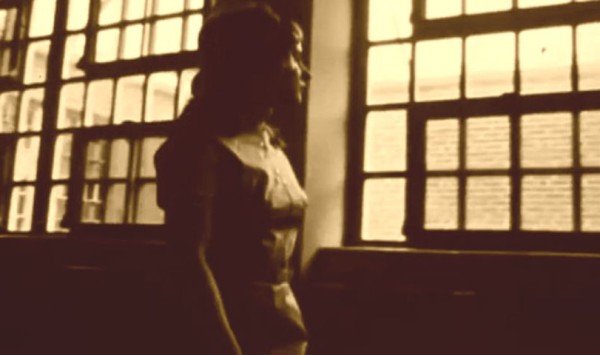
In 1879, alcoholism was practically a crime. And in many cases it was to be punished all the more severely in order that a change might be affected in its indulger. You either drank or you stopped drinking. There was precious little middle ground and relatively little pity for the alcoholic. THE CASE OF POLLY WALTON Polly Walton must have faced some difficult circumstances in her life, as she had at one time had everything – a life, a career, a husband, and two lovely daughters who had married well and were happy in their lives. For Polly, though, something had gone seriously wrong. After her husband died and her girls were married, her life had become a series of mornings awoken on the floors of jail cells, recovering from far too much alcohol and far too little memory of what had transpired the night before. Frequently in front of judges, she had gotten very good at promising them everything they wanted to hear. Polly, though, was referred to in the court system as “an old offender.” She was expected to be seen again and again, slowly moving in a downward spiral until one day she was no longer around – a faceless victim of crime which brought her to her last confinement – the city morgue. “Polly has spent at least nine-tenths of the past five years in prison as a penalty for her passion for strong drink,” so stated the Brooklyn Daily Eagle. HER DAYS IN COURT On […]
THE FUR-MAN OF FULTON STREET (1896)
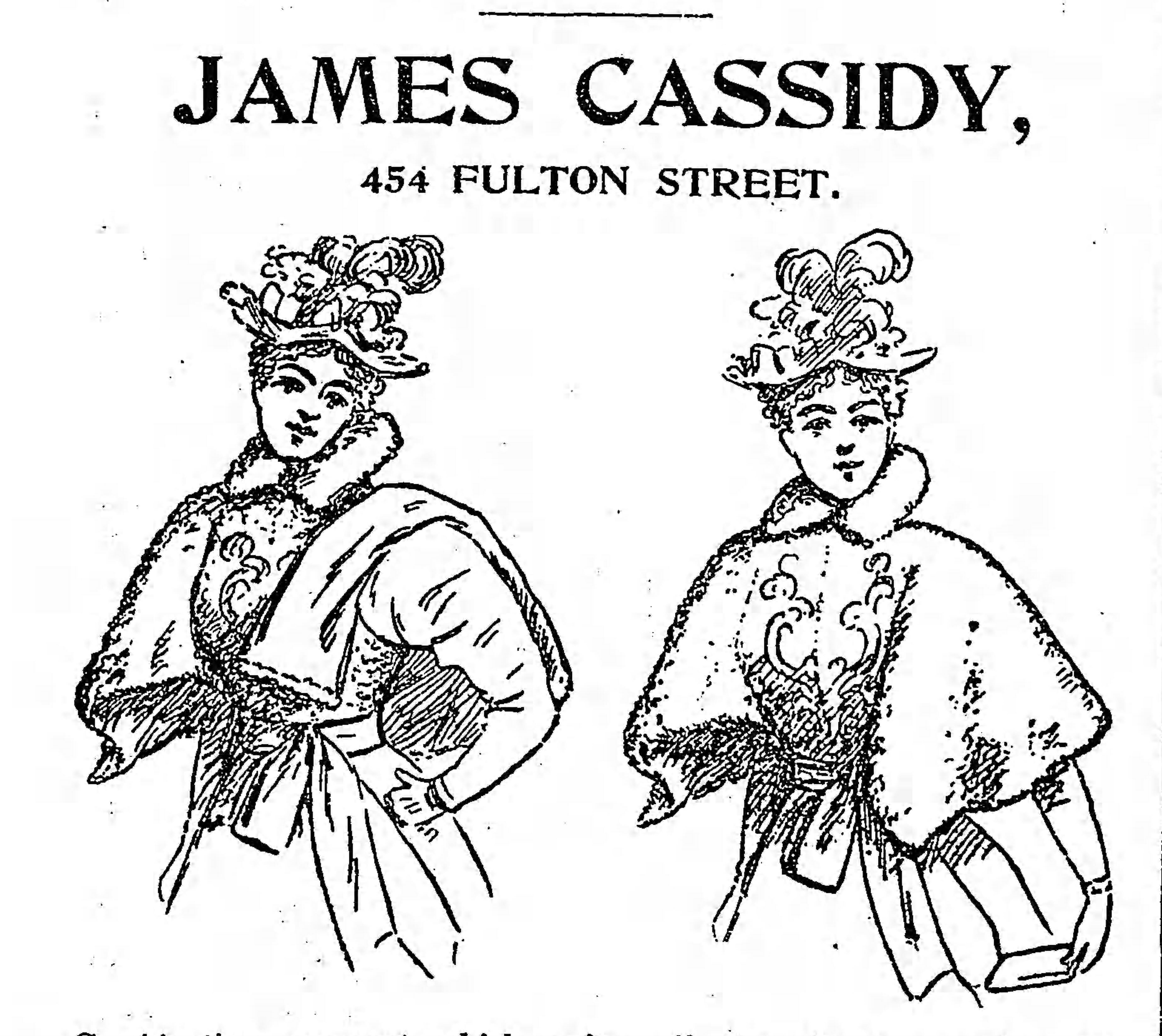
Fur was a big thing 100 years ago. The highest classes of women wore furs and those not as high a class wished to emulate them. There were all types of furs – from lynx, to fox, to otter and seal – even mole, squirrel and Persian sheep! James Cassidy not only sold the finest furs in the latest styles, but he also altered them as the styles changed, repaired them when they became damaged, and then refrigerated them in the summer when they were not in use. After a fur was selected, altered, and sold, it also needed to be cared for. So an entire industry sprang up around their cold storage in the warmer months. Cassidy used the latest in refrigeration techniques – an ammonia refrigerating machine – a freezing method which “far surpasses the old.” With refrigeration at hand within the same building where the furs were sold, an employee of Cassidy’s would simply send a wagon around to their client’s door and pick up their furs, bringing them back to Cassidy to summer in his cold storage. CASSIDY MOVES DOWN FULTON Cassidy’s fur emporium at 454 Fulton Street, a new “four-story brick building” in 1889, allowed him to expand his operations as he moved from his former shop at 277 Fulton Street. He held his grand opening later that year on October 29th. By 1900, Cassidy’s son, James, Jr., was running the business. In 1902, Although Cassidy continued to operate his store from this location, he […]
THE FIREMEN OF DOWNTOWN BROOKLYN (1905)
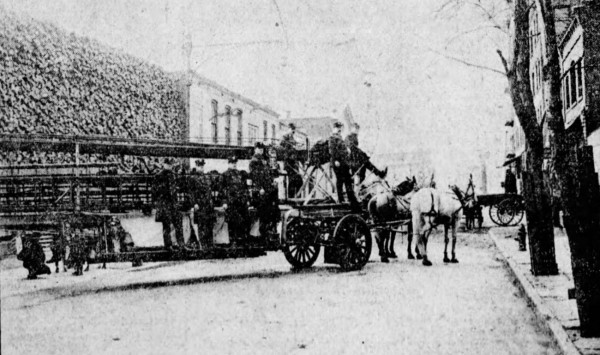
******************************************************************************************************************************** Brownstone Detectives investigates the history of our clients’ homes. The story you are about to read was composed from research conducted in the course of one of those investigations. Do you know the history of YOUR house? ******************************************************************************************************************************** “A Day With the Fire Fighters from Brooklyn” was a newspaper feature spread from 1905. The spread seems to have followed Truck 60, which was located at State and Smith Streets in what was, at the time, known as Downtown Brooklyn, and is now named Boerum Hill . Follow @BrownstoneDetec Share ———————————————————————————————————————– The Brownstone Detectives Brownstone Detectives is an historic property research agency. Our mission is to document and save the histories of our clients’ homes. From our research, we produce our celebrated House History Books and House History Reports. Contact us today to begin discovering the history of your home.
ROASTING CORK IN A “HEIGHTS” FIRE (1907)
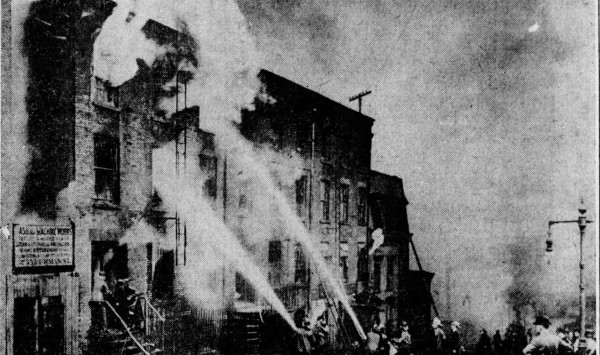
The Jehovah’s Witness complex in Downtown Brooklyn was once the scene of a roaring early morning 4-alarm fire that threatened to destroy the vast warehouse district that existed there in 1907. Sitting along the waterfront at the location of the fire – on both Columbia Heights and Furman Street – was a cork company, a coffee roasting factory, and an ice plant. SAVING THE WAREHOUSES It is not known where exactly within the complex the fire broke out, but it was determined by many of the residents of the district that the aroma of burnt coffee and cork did not make for a attractive combination that morning. The “oily reek of cork” was in the smell of the smoke throughout the morning, while roasted coffee – roasted twice over – brought residents to realize which warehouses were caught within the conflagration. The buildings in the picture above sat on what is now the Jehovah’s Witness compound and comprised a number of private homes that were still existent within the old warehouse district. Among them was “a frame house of the old style sort, two stories in height, with a mansard roof for an attic.” And in that building Catherine O’Neill, 50, and her bedridden sister, Agnes O’Neill, 65, both former “schoolma’rms,” feared for their lives. SAVING THE SCHOOLMARMS Patrolman Keating, who sounded the alarm, grew concerned as their building was shrouded in black smoke. No one had seen the two women that morning, and he “feared that something had happened to them.” So, […]
UMBRELLA WEEK…ALREADY? (1920)
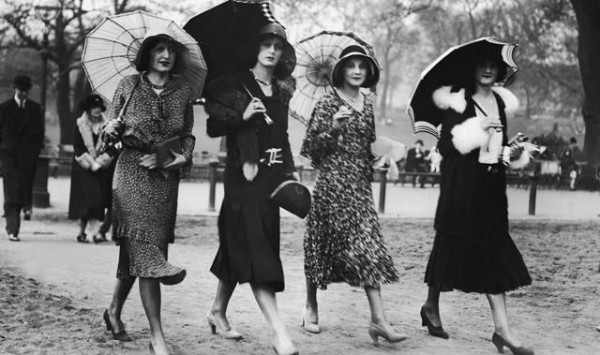
******************************************************************************************************************************** Brownstone Detectives investigates the history of our clients’ homes. The story you are about to read was composed from research conducted in the course of one of those investigations. Do you know the history of YOUR house? ******************************************************************************************************************************** If it was October of 1920, then you knew it was National Umbrella Week…right? Yaaaaaaaa……riiiiiiiiiiight…… At the very least, they were celebrating the occasion down at 114 Court Street. A product of the post-war marketing boom, “National Umbrella Week” was never celebrated again after 1920. But it was good while it lasted. Maybe it sold an extra umbrella or two. Who knows? THE BROOKLYN UMBRELLA COMPANY Today, we know 114 Court Street – that squat, 2-story, brick building in downtown Brooklyn – as a pizza joint. Back in 1919, though, it housed the Brooklyn Umbrella Company. The company sold umbrellas and they fixed umbrellas. This was back in a time when umbrellas were an investment in inclement weather – not throwaways cheaply mass-produced in China. Offering “linen gloria” and “union taffeta,” they sold “umbrellas that are a pleasure to carry.” Owned and operated by Isaac Smith Strong, The Brooklyn Umbrella Company started manufacturing umbrellas at this location around 1895. They finally closed up shop just a few years before the beginning of the depression, after which the location became a beauty shop and then later a restaurant. THE STRONG UMBRELLA Strong, himself, though, produced umbrellas well before 1895, but under his own name at 170 Fulton Street, and then later at […]
THE NO. 8 MACHINE OF FULTON STREET (1876)
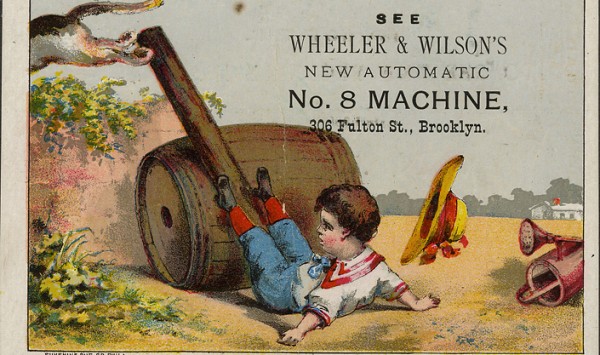
The No. 8 Machine. Such a romantic honorific. The name literally rolled off the tongue and dazzled the listener with the rhythm of its mellifluousness and style… OK. I won’t lie. It really wasn’t the sexiest of names. It sounds like a government-designed and -built outhouse. And it smells just as bad. Buyers of sewing machine back in the late 1800s, though, were really not shopping for a sexy name. They were looking for dependability and speed. Stylish sewing machines, then, were like the hotrods of the day for garment producers. Just as for the marketers of the 20th century’s Mark VI or Chrysler 300, or even the Mercedes 190-E, present-day automobile manufacturers always knew that that they “had” their buyers with their brand. They didn’t need a sexy name for their cars. They simply had to tack on the latest model number to their speed machines to let their faithful customers know that it was a new year and that they were once again out of style and out of step with the times. One of the producers of the 19th century speedster sewing machines was the Wheeler & Wilson Company. Their hotrod was the No. 8. SELLING THE NO. 8 And so with the graceful design and the smooth functioning of their No. 8 Machine, Wheeler and Wilson’s creation was on the tongues of many a manufacturer. Garment designers and clothing manufacturers literally felt something move within their hearts when they heard the No. 8 name. Wheeler and […]
TIMEWARP TUESDAY! FULTON ST. FERRY TERMINAL (1900 v. 2014)
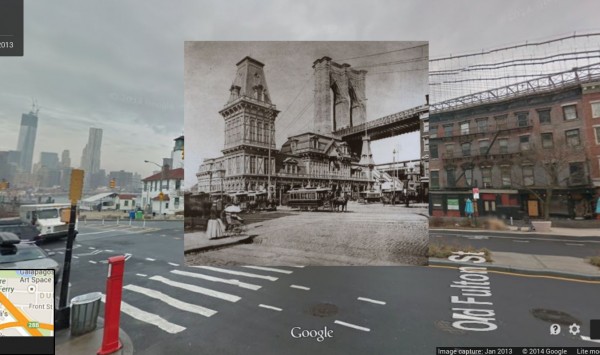
“Fulton Street, north side, at Water Street, showing the old Fulton Street Ferry Terminal and the Brooklyn Bridge tower. This is also a street car line terminal.” So reads the back of this ca. 1900 photograph. At that time, the ferries would land at the foot of Fulton Street and the streetcars – then horse-drawn – would take passengers to various parts of the borough. Here is a picture of this spot today: And the picture from 1900: Follow @BrownstoneDetec ———————————————————————————————————————– The Brownstone Detectives This story was composed from research performed by The Brownstone Detectives. Let us do an in-depth investigation of your house and its former owners and produce your very own House History Book. Your hardbound coffee table book will include an illustrated and colorful narrative timeline that will bring the history of your house to life. Contact us today.